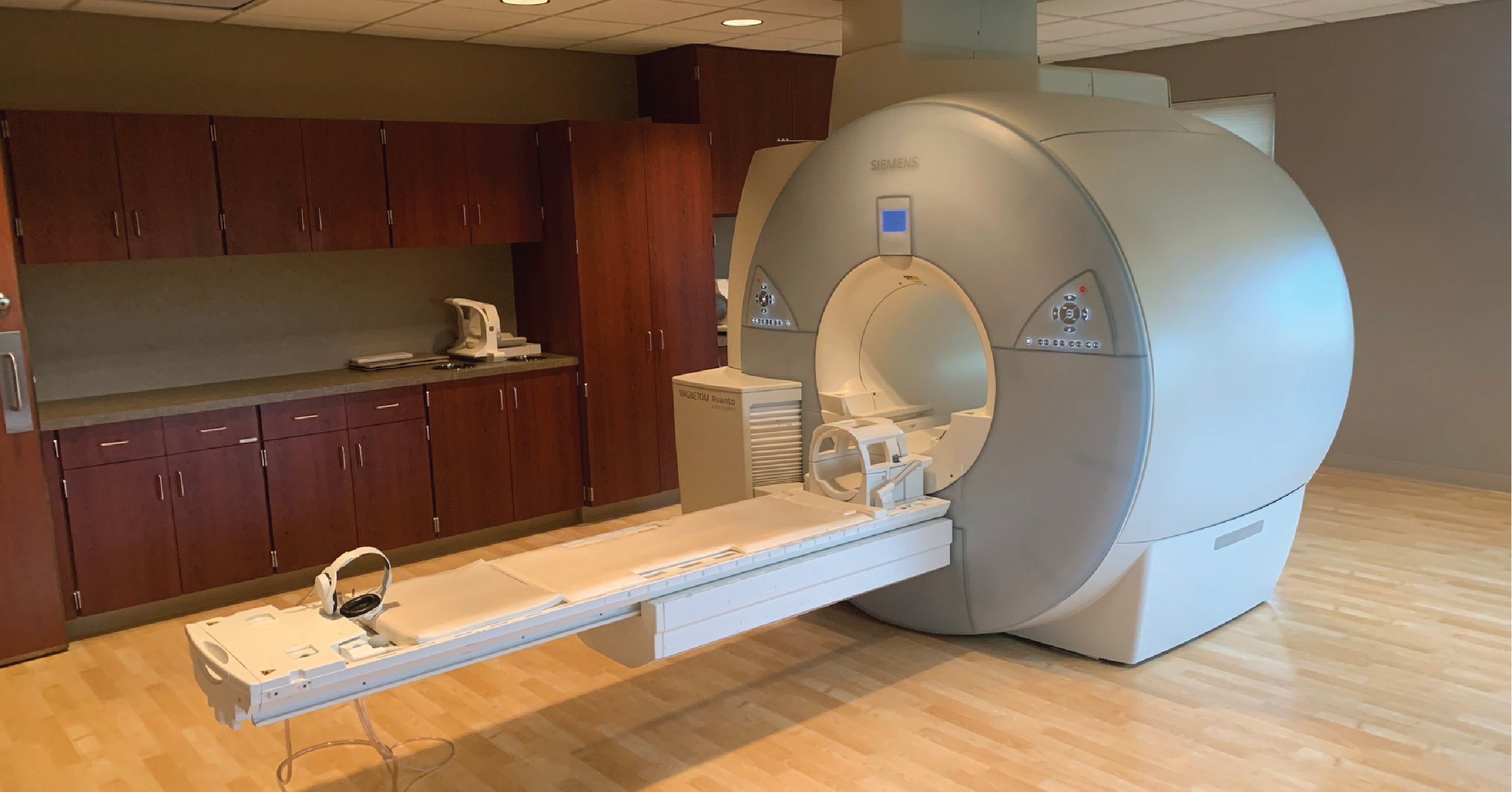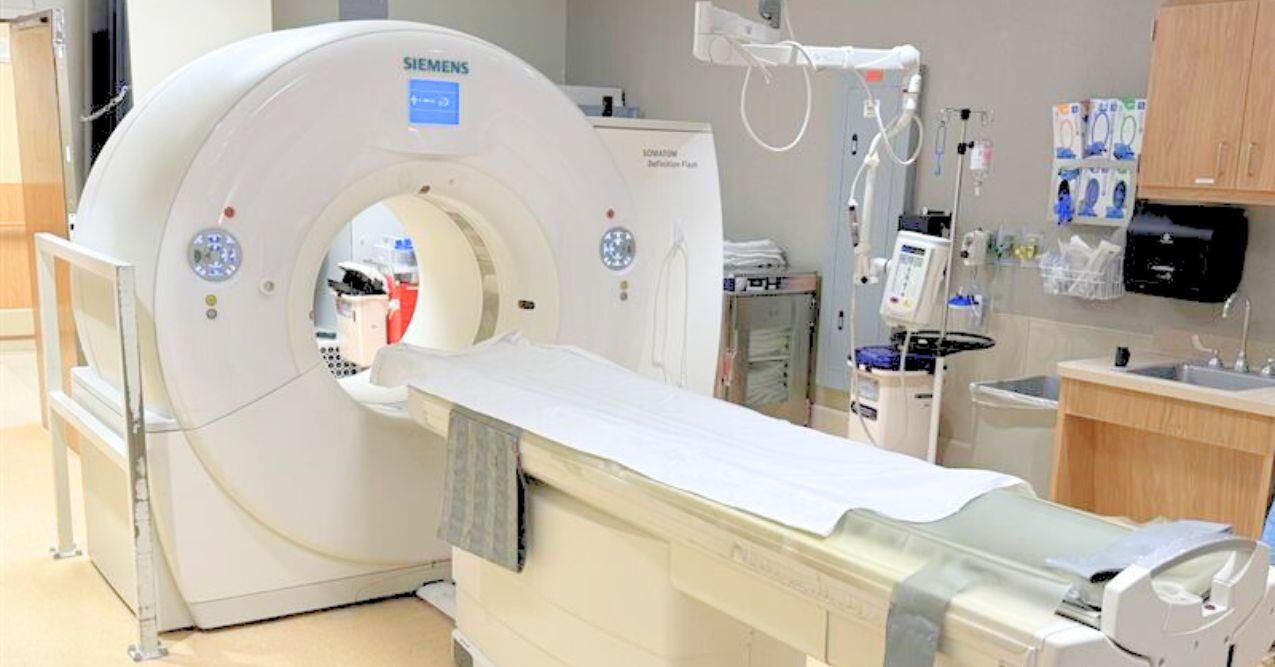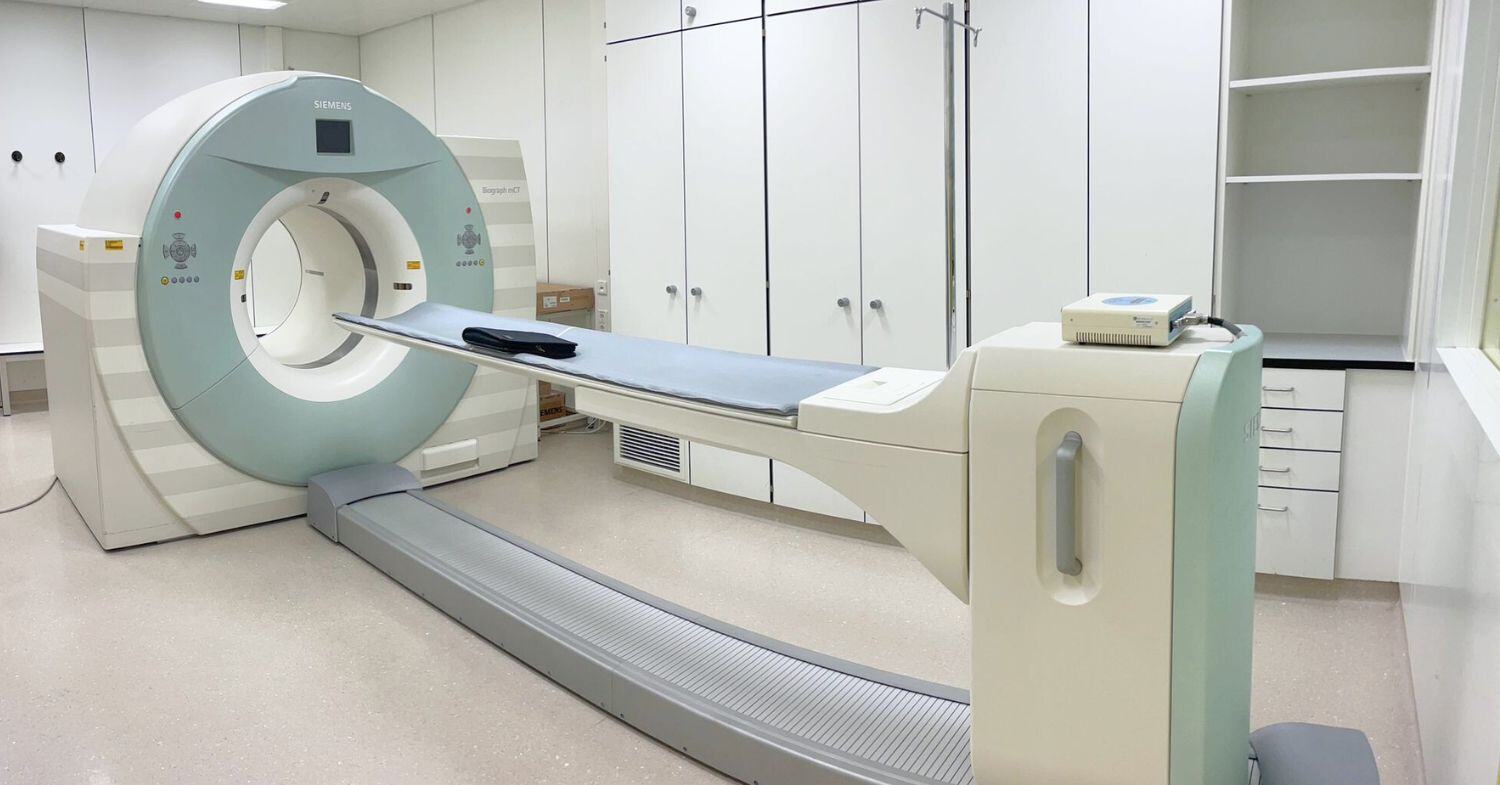
June 5, 2024 : 4 min read
End of Life VS. End of Service: A Comprehensive Guide
“End of Life”. "End of Service". Sounds intimidating right?
Don't let your mind drift to dark and gloomy thoughts just yet. We're simply referring to how this phrase applies to your medical imaging equipment.
It's essential that you have clear definitions of "End of Life" and "End of Service Support," understand their implications for your medical imaging equipment, and know the steps you can take in response.
Without a clear understanding, you risk unnecessary expenses and wasted resources.
This blog will delve into the definitions of these terms, offering clear and practical guidance to help you navigate and prepare for each situation including:
- What Do "End of Life" And "End of Service Mean"?
- When Is Your "End of Life" Medical Imaging System Really "Dead"?
- What Should You Do If Your System Is Declared "End of Life" or "End of Service"?
GET YOUR CUSTOM SERVICE QUOTE TODAY!
Unlock Exclusive Offers with Our Service Request Form
Are you looking for service on an "End of Life" or "End of Service" system? Fill out our quick form to receive a personalized pricing quote tailored to your specific needs. Our team is dedicated to providing you with competitive pricing options and detailed information to help you make the best decision.
WHAT DO "END OF LIFE" aND "END OF SERVICE " MEAN?
End of Life (EOL)
According to the International Medical Device Regulators Forum (IMDRF), which receives support from the FDA, End of Life (EOL) is defined with a specific focus on the life cycle of medical devices.
The IMDRF clarifies that EOL is the "Life cycle stage of a product starting when the manufacturer no longer sells the product beyond their useful life as defined by the manufacturer and the product has gone through a formal EOL process including notification to users."
Unlike End of Service Support, the EOL letter serves as one of the first communications you will receive from an OEM regarding the discontinuation of a system in the near future.
End of Service (EOS)
The IMDRF officially defines End of Service (EOS) as the "point in time in the life cycle of a product starting when the manufacturer terminates all service support activities and service support does not extend beyond this point".
Oftentimes, factors like part scarcity, fewer FSEs, system phase-outs, and newer technology can all factor into a system being determined End of Service. Primarily because OEMs focus on selling and supporting newer systems.
On average, systems that are determined "End of Life" can expect to receive an End of Service Support (EOSS) letter within the next 1-10 years.
WHEN IS YOUR “END OF LIFE” MEDICAL IMAGING SYSTEM REALLY “DEAD”?
The End of Service letter is when the OEM determines that the system is officially "dead" and will no longer be serviced by the OEM.
Contrary to the panic this may cause, a medical imaging system that receives regular maintenance can last well beyond the End of Service Support date. While a 5-10-year-old system may be uninteresting to an OEM, you may have greater success with parts and service options.
There are two things to keep in mind before you take an EOSS letter as a prompt for immediate action:
- If you have an OEM service contract, they are still legally bound to provide you with service, even if the contract expires after their EOSS date. Oftentimes, OEMs will prorate the contract if they cannot provide support through the contracted date.
- When an OEM issues an EOSS, third-party parts and services are still a great option. Often, there are enough resources in the third-party market to extend the life of an EOSS system by several more years.
WHAT SHOULD YOU DO IF YOUR SYSTEM IS DECLARED "END OF LIFE" OR "END OF SERVICE"?
End of Life (EOL)
First of all, don't panic!
Although EOL letters can be intimidating, they are not quite as final as an End of Service Support letter. We suggest using this time to start evaluating your options and discussing these questions internally:
- Is this system still meeting our facility's needs and requirements?
- What are your future imaging goals for patient throughput?
- What's your current budget? Any foreseeable budget cuts?
Based on your answers to these questions you can investigate third-party service providers for your current system, explore refurbished system options, or start budgeting for a new system.
If you decide to explore a third-party service provider you can request a comprehensive system evaluation. This assessment of your system will include things like parts availability for the system, Field Service Engineer availability, and an estimate of how long you have until the system fails.
Make sure to use this time to plan and explore all the alternative options for maintaining your equipment.
End of Service (EOS)
If you've received your End of Service letter and don't know what to do next, we suggest reviewing your contract first. Oftentimes, if you pre-paid you can have the contract pro-rated and refunded.
Now it's time to make your decision on the route you will take.
Based on your budget requirements, imaging goals, and facility needs, you have the opportunity to explore various options. You can opt for a cost-effective approach by choosing a third-party service provider or investing in a refurbished system, which can result in substantial savings.
Fortunately, there are many service plans available including options that cover everything from preventative maintenance to full-service coverage. Alternatively, you always have the option to purchase a new OEM system, albeit at a higher cost.
The Takeaway
Navigating the nuances of "End of Life" and "End of Service" is a vital step in maintaining operational efficiency and ensuring your imaging system uptime.
Thoroughly exploring your options, such as third-party service providers and refurbished systems, as well as acquiring detailed system evaluations empowers you to make informed decisions that extend the lifespan of your equipment.
By staying proactive and well-informed, you can confidently handle the challenges associated with the lifecycle of your medical imaging systems and avoid unnecessary expenses!
GET YOUR CUSTOM SERVICE QUOTE TODAY!
Unlock Exclusive Offers with Our Service Request Form
Are you looking for service on an "End of Life" or "End of Support" system? Fill out our quick form to receive a personalized pricing quote tailored to your specific needs. Our team is dedicated to providing you with competitive pricing options and detailed information to help you make the best decision.

Chris Kinnas
Chris Kinnas is a National Service Solutions Manager at Block Imaging. His goal is to see imaging facilities covered by the very best service for maximum equipment uptime. Outside of the office, he is a husband, a father of 4, and an avid Chicago sports fan.





